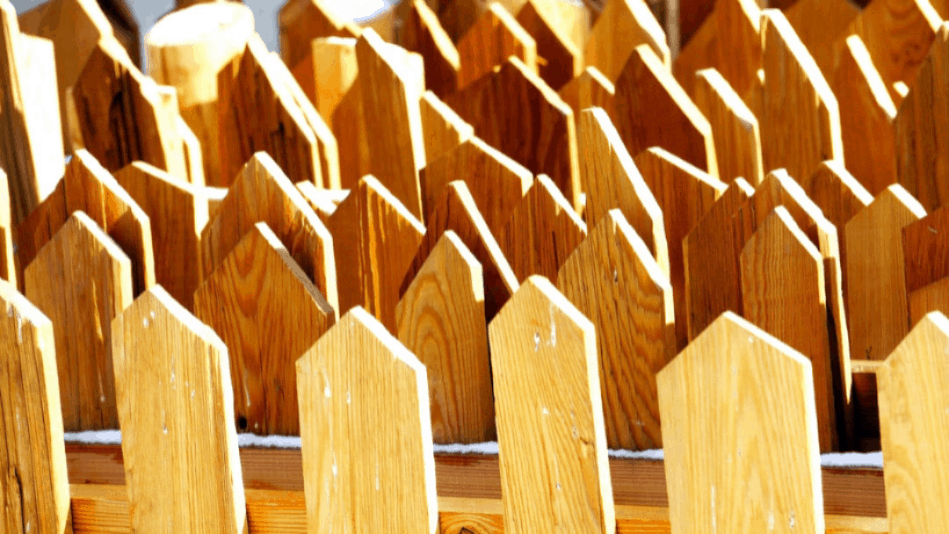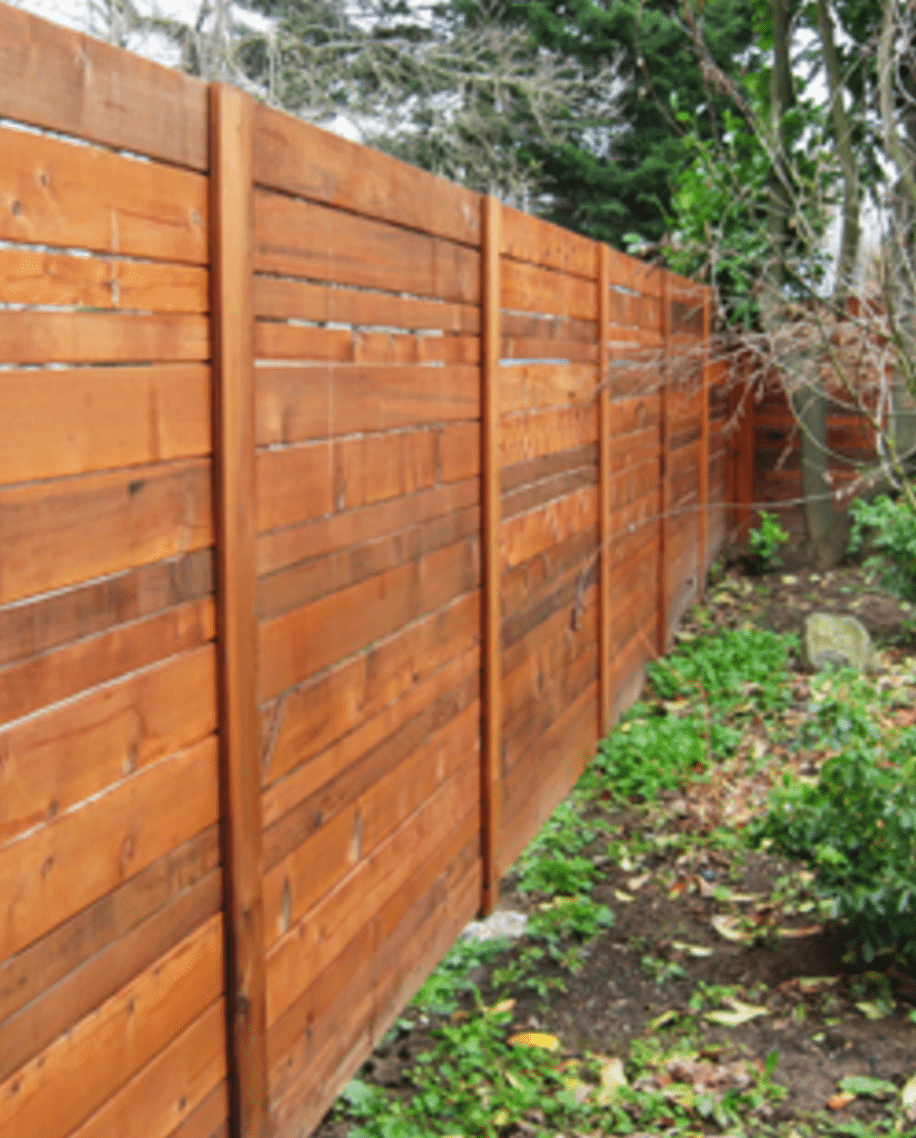All Categories
Featured

As companies and homeowners alike end up being a lot more eco conscious, finding environment-friendly and sustainable secure fencing materials is an essential consideration. Whether you're looking to construct a fencing for privacy, protection, or aesthetic allure, selecting products that minimize your ecological impact can help safeguard the earth. In this post, we will certainly explore numerous environment-friendly fence options, each offering distinct advantages for your building and the atmosphere.
- Bamboo Fencing: A Renewable Resource. Bamboo is extensively recognized as one of the most green and sustainable fencing materials readily available today. As a lawn instead than a tree, bamboo grows rapidly and can get to complete maturity in simply 3 to 5 years, making it an extremely eco-friendly source.
Ecological Benefits: Bamboo soaks up a lot more carbon dioxide than many various other plants, assisting balance out greenhouse gases. In addition, bamboo calls for marginal chemicals and fertilizers, making it a healthier choice for the setting. Longevity: Properly treated bamboo is resistant to parasites and wetness, meaning it can stand up to the components much better than other wood options. Visual Charm: Bamboo offers a clean, modern-day appearance that works well with different landscape design styles, from exotic gardens to modern urban styles. While bamboo fencing is long lasting, it does need proper like keep its longevity, such as routine cleansing and routine sealing.
- Recycled Wood Secure Fencing: Providing New Life to Old Materials. Recycled wood is an excellent green option for those who desire the natural appeal of wood fence without adding to logging. This product is typically sourced from old structures, pallets, or other repurposed wood products, minimizing the demand for recently collected lumber.

Environmental Advantages: Using recovered wood helps decrease the demand to reduce down new trees and can likewise avoid useful materials from finishing up in garbage dumps. Durability: Relying on the sort of wood and therapy it receives, recycled timber fencings can be equally as long lasting as brand-new timber, especially if kept properly with sealants and weatherproofing. Aesthetic Appeal: Recycled wood fencings lug a rustic charm and can be tarnished or painted to fit your individual design. The primary factor to consider with recycled timber is its upkeep. In time, timber can end up being prone to rot, insect damages, and weathering, so normal maintenance is needed to extend the life of your fence.
- Steel Secure Fencing: Long Lasting and Recyclable. Light weight aluminum and steel secure fencing, especially when sourced from recycled products, supplies a solid, environment-friendly option to typical wood fencing. These steels are 100% recyclable, indicating they can be repurposed indefinitely without losing high quality.

Ecological Benefits: Steels like aluminum and steel decrease the need for new mining and resources extraction, both of which have significant ecological effects. In addition, reusing steels requires less power contrasted to producing new metal from basic materials. Durability: Steel fencings are unbelievably solid, resistant to weathering, and call for little maintenance compared to timber alternatives. Aesthetic Allure: Steel fences can be made in streamlined, modern styles, or even more typical looks, offering versatility for any building. While steel fences are low-maintenance and sturdy, they are not as effective at supplying personal privacy contrasted to timber or plastic choices because of the rooms in between the slats or bars.
- Living Fencings: Natural and Green. Living fences, made from thick bushes, shrubs, or trees, give a ecologically pleasant and all-natural alternative to standard fencing. Not only do they develop a personal privacy obstacle, however they additionally contribute to the atmosphere by supporting wild animals and enhancing air top quality.
Ecological Advantages: Living fencings take in co2, improve soil quality, and give habitats for birds and other wildlife. Additionally, they minimize environmental pollution and enhance air high quality by filtering system contaminants. Resilience: While living fencings call for more maintenance than other products (e.g., pruning, watering), they can be extremely lasting if effectively kept. Aesthetic Allure: Living fences create a beautiful, all-natural border that improves the landscape and offers a natural and special look contrasted to traditional secure fencing choices. The essential downside of living fences is that they need recurring maintenance and care, including routine trimming and insect control.
- Hemp Fencing: Solid and Sustainable. Hemp is a fast-growing and eco-friendly plant that can be utilized to produce strong, eco-friendly fence. Hemp fence is made from all-natural hemp fibers, which are resilient, biodegradable, and immune to insects.
Environmental Advantages: Hemp proliferates and calls for little water or chemicals. It additionally assists sequester carbon, reducing greenhouse gases in the atmosphere. When the fencing is no more required, hemp is eco-friendly and can be composted. Resilience: Hemp is normally immune to mold and parasites, which assists it endure various weather condition problems and avoid using harsh chemicals. Sustainability: Hemp farming is much less resource-intensive contrasted to other plants and assists preserve soil wellness through plant turning. Hemp fencings are a fairly brand-new choice on the marketplace, and they may not be as commonly offered as various other products. Furthermore, they might not be as typically used for high-security applications.
Conclusion: Select Eco-Friendly Fence for a Sustainable Future. There are numerous environment-friendly fencing materials to take into consideration, each offering distinct advantages for your residential property and the environment. Whether you select bamboo, recycled wood, steel, living fences, or hemp, each alternative permits you to create a stunning and functional limit while minimizing your ecological impact. By choosing sustainable materials, you contribute to a greener future and support the growing movement towards liable construction and landscape design methods.
Latest Posts
Specialist Residential Roof Covering Solutions You Can Trust Fund
Published May 23, 25
1 min read
Expert Residential Roof Covering Solutions You Can Count On
Published May 23, 25
1 min read
Explore Reduce Expenses on Car Maintenance with Montclare Auto Repair’s Special Deals
Published May 23, 25
1 min read
More
Latest Posts
Specialist Residential Roof Covering Solutions You Can Trust Fund
Published May 23, 25
1 min read
Expert Residential Roof Covering Solutions You Can Count On
Published May 23, 25
1 min read
Explore Reduce Expenses on Car Maintenance with Montclare Auto Repair’s Special Deals
Published May 23, 25
1 min read